As a defiant response to sad desk lunches, the Food52 team works to keep our midday meals both interesting and pretty. Each week, we'll be sharing our happiest desk lunches—and we want to see yours, too.
Today: Andrea Nguyen, author of The Banh Mi Handbook, shows us how to make and pack a Vietnamese sandwich for lunch.
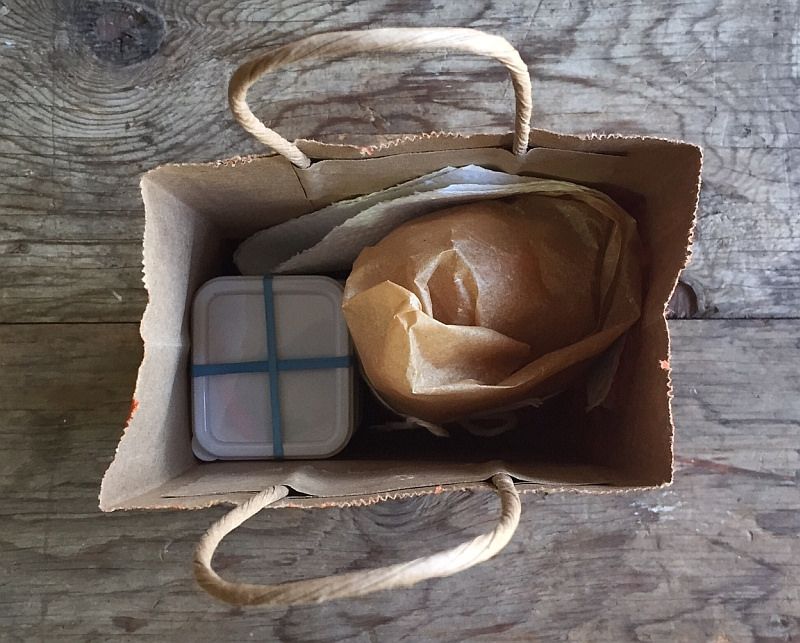
My husband Rory is a college professor, which means that he doesn't have to go into work on Fridays. Last week was an exception: He had a faculty lunch meeting to discuss difficult budget cuts, and he was dreading it all week long.
Typically, when I make Rory his lunch for work, I hastily pack leftovers. Last Friday, however, I took my time packing him a homemade banh mi sandwich. My hope was that, while he was sitting in the meeting discussing unhappy topics, he would have something delicious to munch on and lift his mood. While he got ready for work, I followed these steps to pack the banh mi:
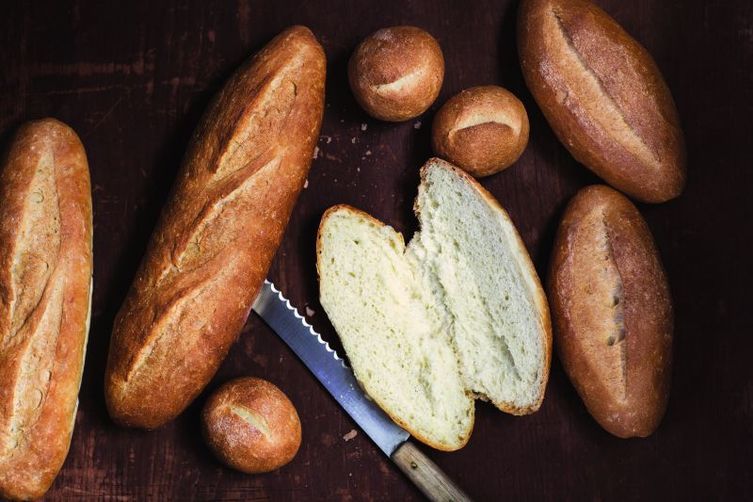
Prepare the bread.
Begin by warming either a homemade or store-bought banh mi roll in the toaster oven. To recrisp and refresh a slightly stale roll, rub a little water on the outside before baking it in the oven, uncut, at 375º F for 6 to 8 minutes. While it bakes, gather the other components for your sandwich.
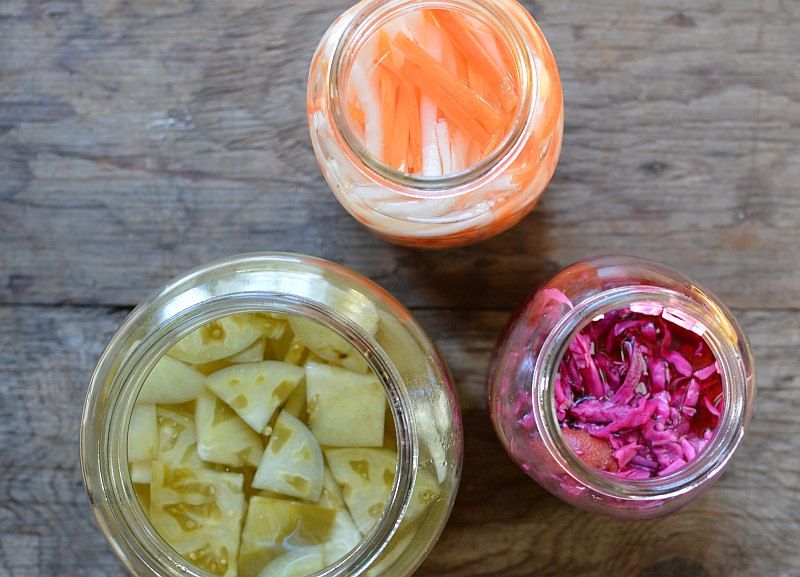
Choose your pickles.
For banh mi on the go (for a road trip, flight, picnic, or work lunch), the vegetables and pickles should be packed separately and added immediately before eating to avoid a mushy sandwich, so have some small containers at the ready to pack your pickles. I recognize that not everyone has the assortment of pickles I had readily available in my refrigerator (classic daikon and carrot, a citrusy red cabbage, and green tomatoes with lemongrass from my book, The Banh Mi Handbook), but fortunately, any pickle will do. Just make sure that they're easy to pick up with your fingers so that they can be easily added when putting together the final sandwich. I chose to combine Rory's favorites: the daikon and carrot with green tomatoes.
More: Want to make your own quick pickles? We thought so.
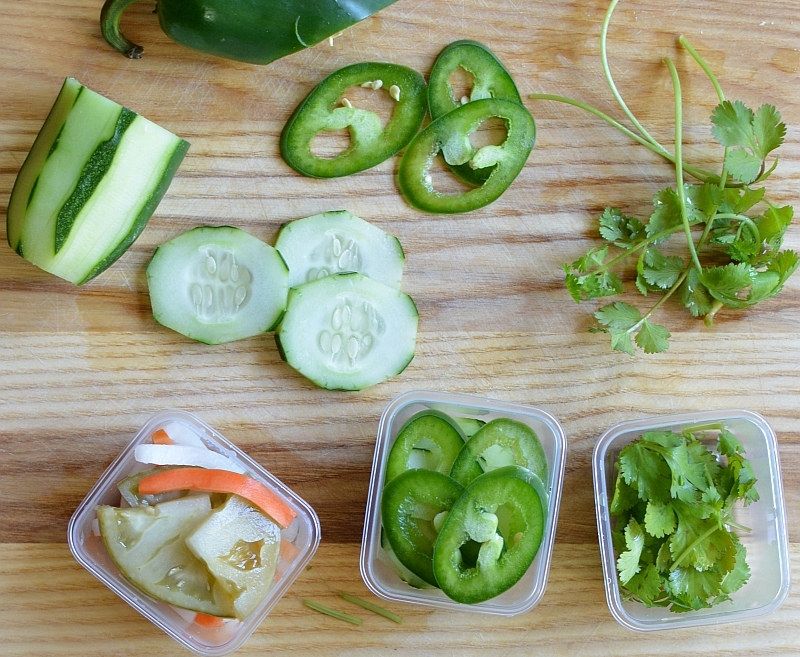
Add the "three Cs."
No banh mi is complete without the "three Cs:" chile, cucumber, and cilantro. When packing them into containers, pack the cucumber below the chile (I used Jalapeño, but you can use whatever you have on hand), since cucumbers tend to weep water. Roughly chop the cilantro and place it in a separate container to ensure freshness.
More: Like it hot, but not too hot? Here's how to find the best chile for the job.
The roll should be cool by now, so scoop out some of the inside to create a cradle for your filling, then swipe it with mayonnaise, Maggi Seasoning sauce (the secret umami ingredient for banh mi), and some sliced roast pork.
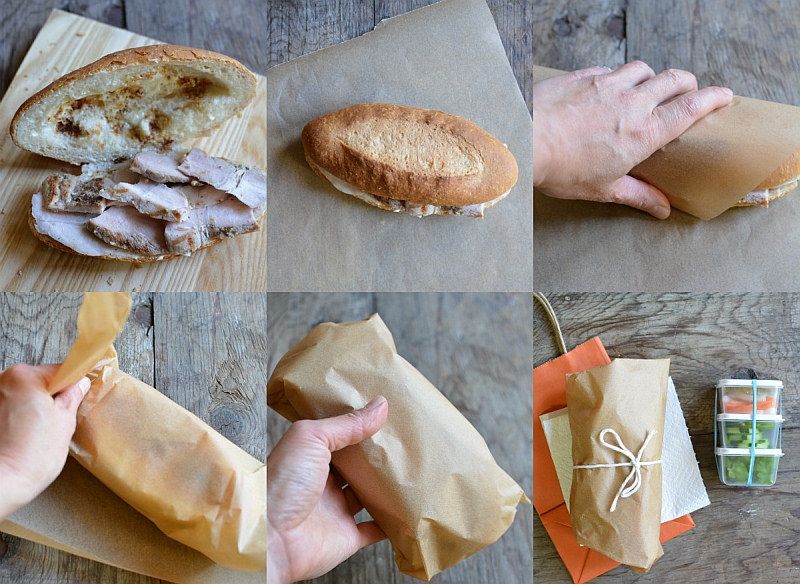
Wrap it up.
To ensure that the sandwich stays crisp, encase it in parchment. Banh mi are traditionally secured in parchment with a rubber band, but I went with some butcher twine to be more gentle on the bread. A large rubber band (from a Sunday New York Times, I believe) came in use to secure the stack of vegetable add-ons, which I arranged in order of banh mi placement: pickles, then vegetables, and cilantro last.
When my husband returned from his meeting, he reported that the meeting’s content was as expected—but what about his lunch?
Rory said that during the meeting, a colleague whispered, “‘Did you really bring that from home?’”
“What did you say?” I asked him.
“Nothing. There was a meeting going on. I put together the banh mi and ate it,” he said, then gleefully added, “No one had a lunch that compared to mine."
Do you have any tips for crafting the perfect banh mi? Tell us in the comments below!
Photos by Andrea Nguyen







See what other Food52 readers are saying.